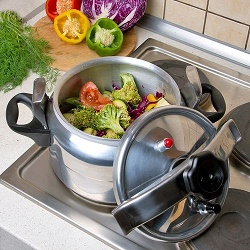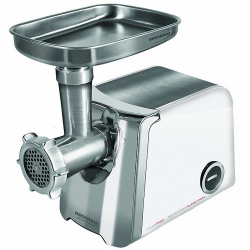How to repair a coffee maker with your own hands
Most of the problems arise from the fact that a modern coffee brewing machine is a highly technological device, the operating parameters of which are precisely calculated. Therefore, any violation, be it hard water, not recommended by the manufacturer of a capsule or other grinding of grains, necessitates repairing the apparatus or understanding how high-pressure systems work. But most of the simple problems can be eliminated at home. Consider how to repair the coffee maker with your own hands.
Content
General safety issues
If you decide to independently investigate the coffee maker and make repairs, then it is necessary to take elementary security measures:
- The device must disconnect from the network.
- Work need tool with insulated handles.
- Water and wet hands are a source of potential danger.
Disassembling the body of most coffee makers is not difficult. It is often enough to unscrew a few screws on the back cover. This makes it possible to gradually disassemble the device into knots or large parts. At the same time there are subtleties: the Delong machines, located on the bottom of the bolts, are closed with plugs or are under rubber feet, and many Saeko models additionally require the removal of fasteners to remove individual blocks, opening access to the areas needed for repair.
In order not to be mistaken, refer to the reference information. If the coffee maker does not lend itself to logic and does not understand, it is better to look for data on the model on the Internet.
Many devices, in addition to screws on the back of the case, also have latches that hold the top cover or bottom.
To find such fasteners, you will need a thin screwdriver or knife, which pass the line of the joint of parts to localize the zone where you can press the latch.
Problems with high pressure pumps
Leaders on the problem of violation of the regime of fluid supply are models with VT1513 and VT1511.These are extremely convenient coffee makers working under pressure of 16 atmospheres and allowing to prepare the most tasty espresso. However, the slightest discrepancy between grinding and the use of hard water can cause problems with the flow of liquid.
When using too fine grinding in the Vitek VT1511 and VT1513 models, the grids and filters are clogged. When used too large - the drink does not brew. Hard water causes clogging of high-pressure pipes. And all this leads to serious damage - failure of the injection pump or splitting of the plastic switch block.
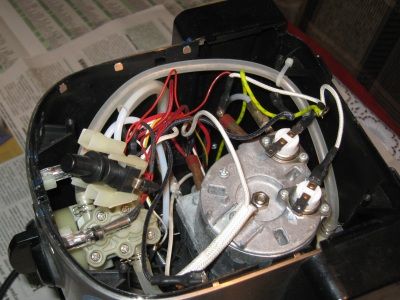
Pump coffee machines Vitek VT1513
To carry out maintenance or repair, you must first disassemble the unit:
- The top aluminum cover is removed, where the cups are located.
- The mounting screws hidden under the rubber grommets are searched.
- Self-tapping screws are removed, the back cover is removed, giving access to all nodes.
You can immediately see areas of potential damage. High-pressure tubes - rigid, thin. The feed switch is a small plastic block to which the distributors fit. The supercharger is a round metal pump. To repair Vitek coffee maker you will need:
- Assess the condition of the high-pressure tubes, check the places of their fixation - there should be no shaking, no cracks.
- Check the condition of the blower housing. Splits or traces of overheating indicate a possible malfunction of the pump.
- Inspect the status of the feed switch.
If, after assessing the reliability of contacts, the problem is still not clear, carry out the following operations:
- Clean high pressure tubing. To do this, you can use thin rubber tubing or single-core wire in soft insulation. There is also a special tool - a brush on a flexible supply.
- Check mounts and contacts, remove all dirt.
- Clean the filters.
After that, the coffee maker is started and re-checked for the operation of the nodes. By the way, the most frequent accident - switch crack, it is determined by the presence of water on the surface of the part. Damage can not be sealed (pressure squeeze any sealant). Therefore, it is worth replacing the block or simply melt a crack, heat a knife or a screwdriver on a gas burner.
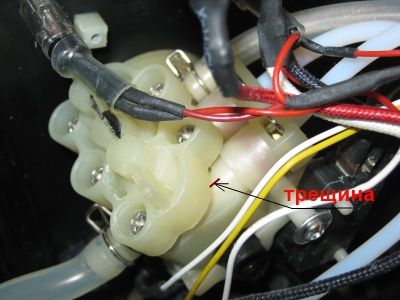
Break of the mode switch Vitek VT1513
If the disassembly, cleaning, visual inspection of the coffee maker did not allow to localize the problem, most likely, the case in the supercharger,and you need to call a specialist.
Typical problems of coffee makers
There are many breakdowns that are typical. Repair them with their own hands is easy. For example:
- Frequent problem devices Moulinex, Krups, Roventa, Saeco - is filter clogging. Water can flow from the coffee maker, coffee can be served without stopping, or vice versa - in small quantities. The reason is a clogged filter or a failure of the pressure valve built into it.
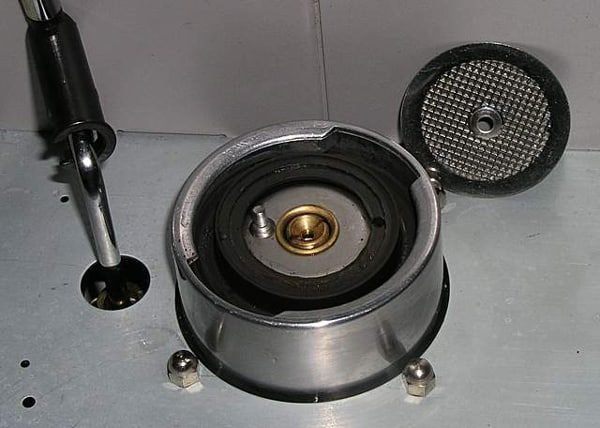
- Contact oxidation It began to meet more and more, as manufacturers began to save every penny in production. Mandatory cleaning and regular contact checking is the key to successful operation of the coffee maker.
- Failure of the heating element. Repair in this case should be made by a specialist. As there are models of coffee makers, heating elements which can not be dismantled without damage to other parts. The cost of work and the purchase of new parts will cost more than the new unit.
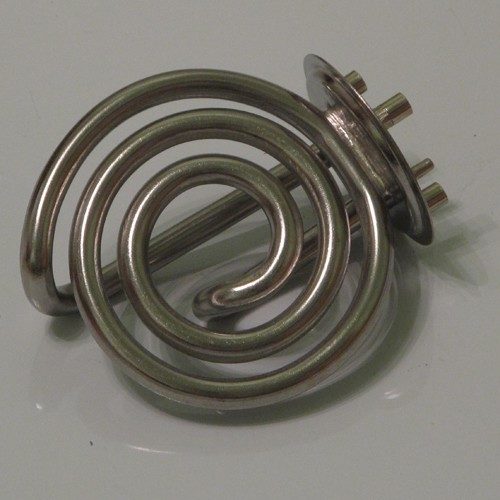
The main part of the repair is thorough cleaning of all nodes and contact groups. Without carrying out this operation, there is no question of any thorough testing of the electrical parameters of motors, thermal sensors, electronic components.These actions will at least be ineffective.
Simple problems and solutions
The instruction manual is attached to each coffee maker. It describes the typical problems of a particular model and provides ready-made recipes for solving them. Often these are instructions like "the coffee maker does not turn on - check the wire." Yes, the integrity of the power cable, the absence of scuffs, fractures, mechanical damage - this must be checked.
However, the general principle of repair is reduced to the movement from simple to complex. Something does not turn on - the button operability, cleanliness and reliability of the contact is checked. The work parameters do not correspond to the expected ones - regulators and sensors are closely examined, cleaned, lubricated, if necessary, replaced. To eliminate common malfunctions of coffee makers, you need to act on the principle of thorough inspection of parts for damage, full maintenance of all filters, tubes, contact groups and sensors.
Conclusion
A coffee maker is an indispensable device in modern life, but the complexity of its structure implies strict adherence to the manufacturer's recommendations.To enjoy a fragrant drink all the time, use proper grinding coffee, a specific type of capsule, and also periodically maintain the machine.

/rating_off.png)







